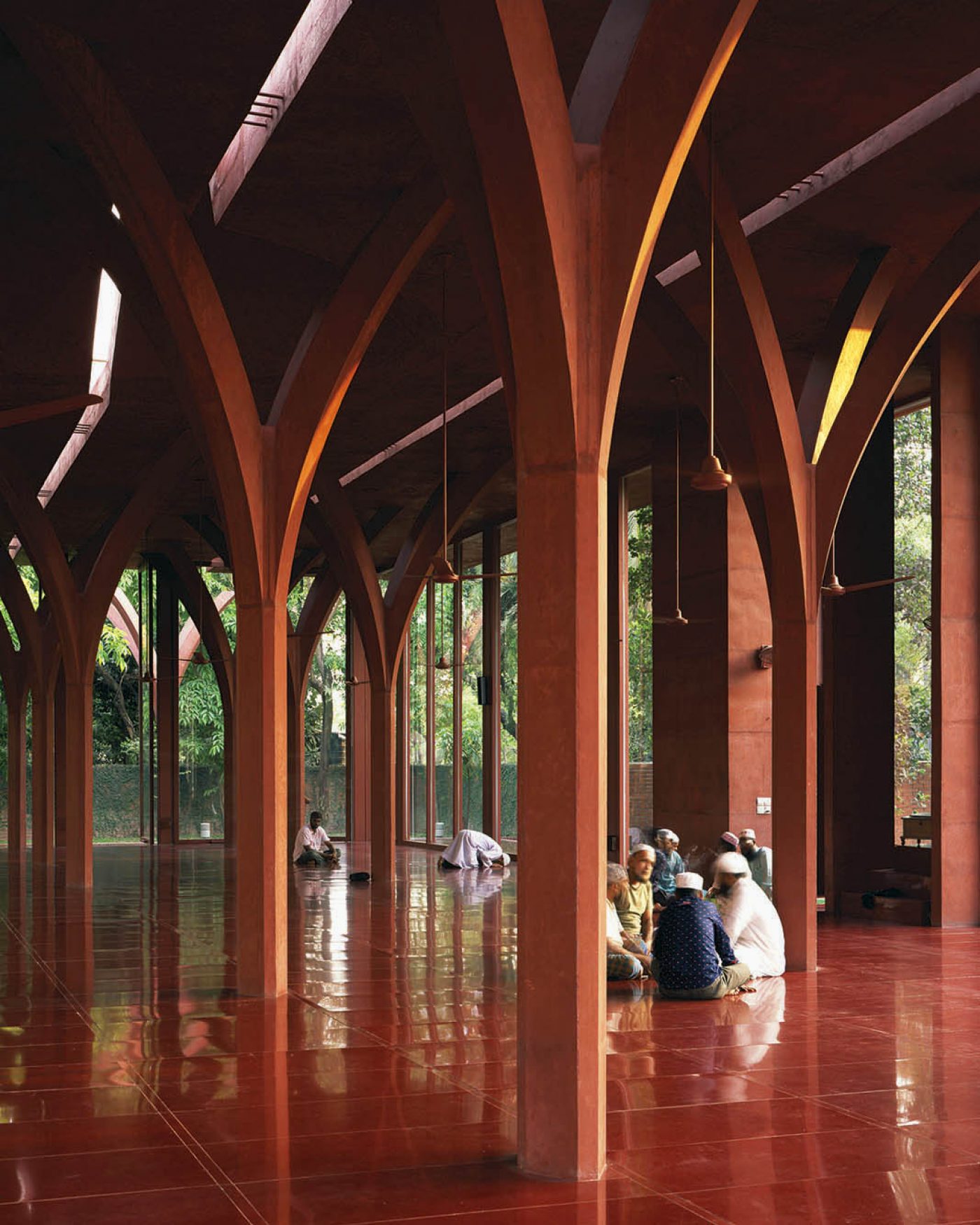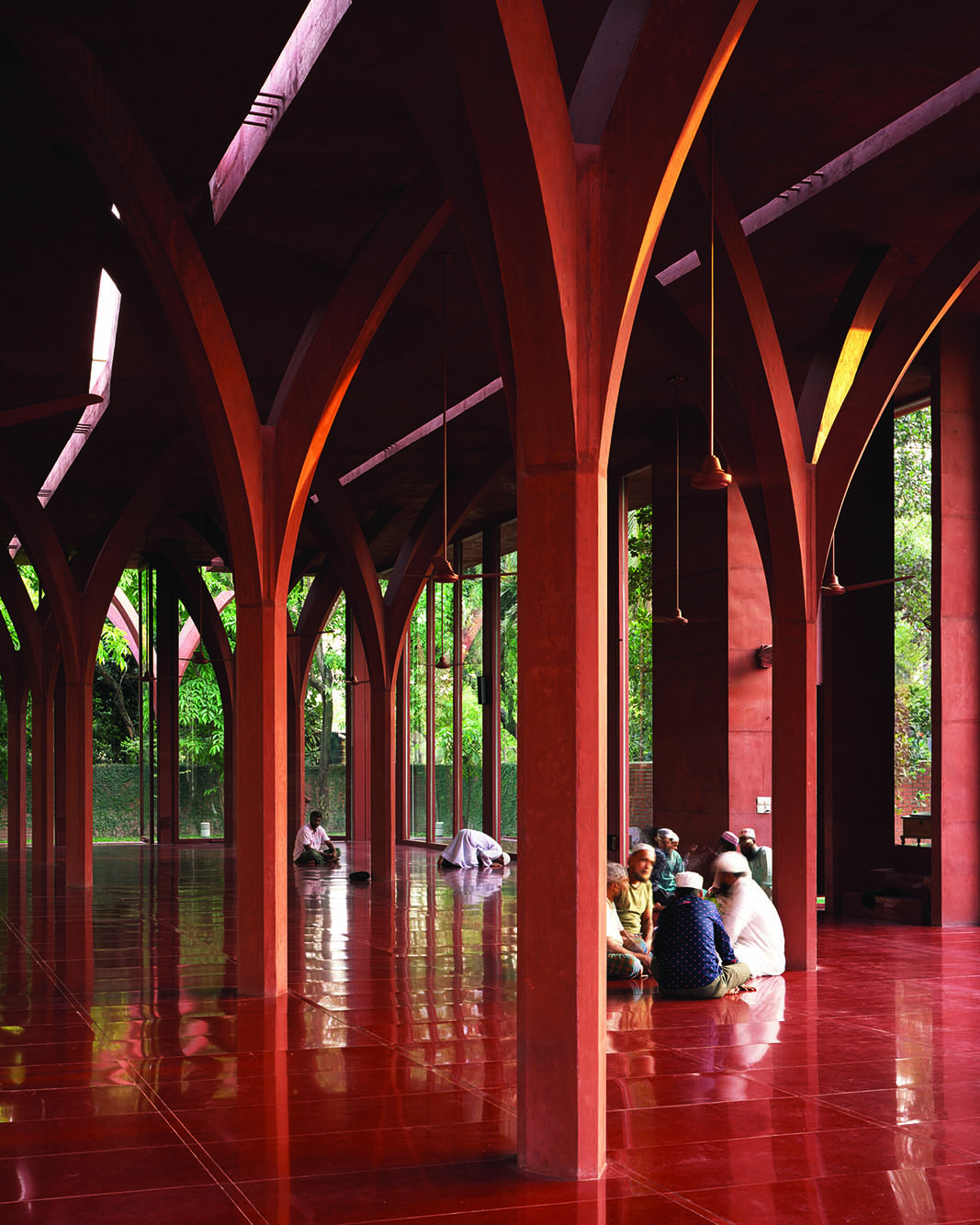
This online dossier dedicated to the Bangladeshi architect Kashef Chowdhury inaugurates a partnership between Volume and Archizoom, the gallery of the Swiss architectural faculty in Lausanne. Designed as an online journal, Archizoom Papers will feature articles and interviews related to exhibitions, conferences and symposia organized by Archizoom, the Faculty of Natural, Architectural and Built Environment (ENAC) and the doctoral school of EPFL. L’Architecture d’Aujourd’hui partners as the French host in this collaboration.
Christophe Catsaros: Could the history of modern architecture in Bangladesh be apprehended in a postcolonial perspective? I’m thinking also of the way Muzharul Islam contributed to the national identity of the country in regard to its built heritage. What would be your position towards these two questions?
Kashef Chowdhury: The question of the colonial/postcolonial heritage is complicated in the case of Bangladesh for a simple reason. After the British rule ended we had to deal with the Pakistan – Indian split, and this is more determining for our present condition. The recent past, that of our gaining independence from Pakistan in 1971, is of greater importance in the overall cultural output. More than the colonial past, it is the recent past that is determining our present situation.
What I do, and I am not the only one doing that, is going back not 50 or 100 years, but rather thousands of years. Doing that you realize that the region is a real melting pot for cultures and religions. There is a Hindu past in the region, and prior to that a Buddhist presence. And then comes the Muslim era with the arrival of the Moguls. I look beyond the boundaries of the present situation for inspiration. Considering this broader historical perspective, I can say I am more interested in a regional identity that in the national one. The idea of the Bengal delta excites me most, by far. What I consider determining is our Bengali identity, and not the Bangladeshi one. This wider river delta area includes parts of India and Bangladesh. It’s the river delta region that we consider our home. Political boundaries are to be replaced by these regional identity areas. This is also what happened in Europe in a way. One last thing: this evolution shouldn’t be about becoming homogeneous, but mostly about coming together.

CC: What is the specificity of this Bengali area, in regard to its built heritage?
KC: The climate in Bangladesh is very hot and very humid. This is a reason why buildings don’t last. Our built heritage is actually decaying faster because of the weather conditions. The Bengali region had great constructions, with elaborate drainage systems two thousand years ago, but there are very few things left of this past. We still have the foundations though. The existing standing buildings can take you back 800 years. Not more.
This means that our built heritage is there and at the same time not there. At a certain point modern architecture helped define what it meant to be Bengali and Muzharul Islam was part of this quest. In a certain way, that is also what I am doing: trying to contribute to the built heritage of this country. In this regard, anything we build has to be made right, it has to be made strong so that it can last.
Making things that last has also an environmental dimension. We cannot keep on replacing buildings, tearing them down and rebuilding them every ten years. It’s a huge waste of human and material energy. It’s essential for buildings to last longer and good architecture makes this possible. My aim is to build well enough so that the building can continue beyond the life span initially planned.
CC: Your work has a lot to do with the relation between the rural and urban.
KC: To act and work on urbanization in the Bengali region one has to understand how densely populated this part of the world is. More dense than China, and we have come to a rapture point. I have tried to work in this perspective, but I don’t think architecture can handle these questions alone. It is not in its realm. What mostly needs to be done is public policies. Core solution are in the realm of politics, not architecture. We architects can punctually contribute to this effort but what is needed is political will. Architecture and even planning are not enough.
CC: Most of your buildings don’t need air-condition.
KC: 90% of what we do can be dealt with cross ventilation. Some working environments where people need to wear a suit, cannot do without air condition. But the rest of the time ventilation will be sufficient. If one is willing to do a little research to obtain passive cooling, a lot is possible. This is basically what we are trying to do.

CC: The Red mosque in Keraniganj features some very innovative solutions, like the fact of being literally open to its environment. It is a mosque with a view.
KC: Personally, I think mosques should be open. It has to do with its basic needs and the ways to solution them. Basically, a mosque is just a shelter for people to gather. There are not so many rituals involved, which would justify being out of sight, withdrawn.
All you need to get a mosque is a shelter, open on the sides so the air can come in, high so that warm air can go up and the breeze can take it away. That is what I provided.
The color is a reference to ancestral brick construction in the region. So, the mosque is red, and green all around. The color pallet would be incomplete without the green surrounding the mosque.